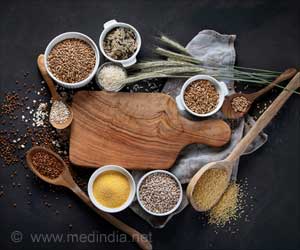A new scorecard to enable easy identification of diabetics has been developed as a joint venture by researchers in India, Britain and Australia. . This venture has been materialized following the initiative of the International Diabetes Federation, and the WHO centre for diabetes and the M.V. Hospital for Diabetes.
The Diabetes Research Centre developed the Indian Diabetes Risk Score in collaboration with Britain's University of Cambridge and the University of Sydney, Australia. Similar scorecards were earlier developed for white European populations in Britain and Denmark.According to the World Health Organization, India is expected to have 79.4-million diabetes-affected people by 2030. Indian population has been the main target for the new scoreboard risk assessment.
The development has been made possible after the sustained efforts and success of the validation protocols. Initially, 5,000 validation trials were conducted in the southern cities of Chennai, Hyderabad and Bangalore. A separate validation trial was done for Chennai.
The scorecard was developed after trails on 10,000 people. After a first score was developed, this was further validated with another 5,000 trials in Mumbai, New Delhi and Kolkata.
A score of 42 was given against age, body mass, waist girth, family history of diabetes, lifestyle and no physical activity. People over 59 years accumulated 19 points and those over 30 got 10 points.
"Anyone who scores over 21 points is in the category of risk from undetected diabetes," according to Dr.Ramachandran, who has been instrumental behind the scoreboard development.
Advertisement
Source: Indo-Asian News Service










